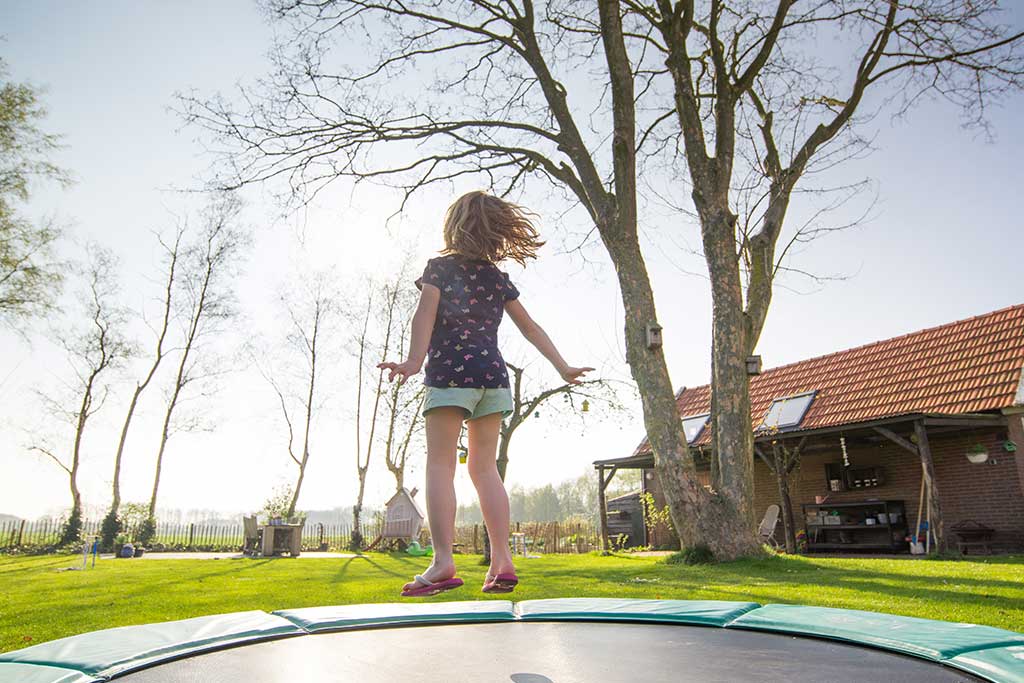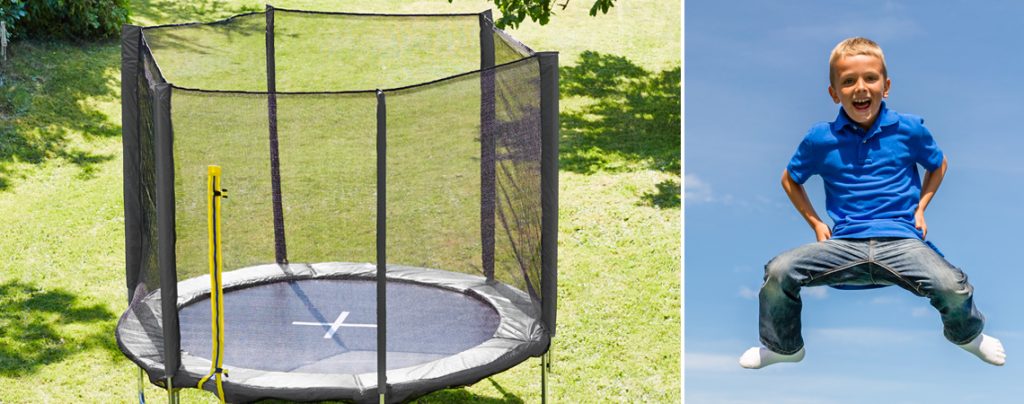Trampolines, often associated with boundless fun and excitement, have emerged as more than just a source of entertainment for kids. Recent studies and observations highlight the educational benefits of bouncing on a trampoline, revealing its potential to contribute significantly to a child’s learning and development. In this article, we will explore the educational aspects of trampolining, shedding light on how this dynamic activity can enhance various facets of a child’s cognitive and physical growth.
Development of Motor Skills:
One of the primary educational advantages of trampolining is its positive impact on motor skills development. Bouncing on a trampoline requires a combination of coordinated movements, including jumping, balancing, and landing. These actions engage both gross and fine motor skills, helping children refine their coordination, agility, and overall physical control. The repetition of these motions on the trampoline provides a dynamic and enjoyable way for kids to enhance their fundamental motor skills.

Spatial Awareness and Coordination:
Trampolining also contributes significantly to the development of spatial awareness and coordination in children. When bouncing, children must not only understand their position in the air but also coordinate their movements to land safely on the trampoline surface. Negotiating the space around them during jumps fosters an understanding of spatial relationships and helps refine their spatial awareness—a crucial skill that extends beyond trampolining to various daily activities.
Enhanced Cognitive Functions:
Engaging in trampolining stimulates cognitive functions in children. The combination of physical activity, coordination, and spatial awareness required during bouncing creates a sensory-rich environment. This sensory stimulation has been linked to improved cognitive functions, including enhanced focus, attention, and information processing. The dynamic nature of trampolining challenges the brain, promoting cognitive development in a way that extends beyond traditional learning methods.
Integration into Educational Play:
Trampolines can be seamlessly integrated into educational play to create a holistic learning experience. Incorporating counting games, color recognition activities, or even incorporating educational themes into bouncing sessions adds an educational dimension to the fun. For example, parents and educators can use trampoline time to teach counting by encouraging kids to count their jumps or introduce color concepts by incorporating colored markers on the trampoline surface.
Encouraging Physical Fitness and Healthy Habits:
Educational bouncing on trampolines extends to fostering a positive attitude towards physical fitness and healthy habits. Regular trampolining not only provides cardiovascular exercise but also promotes the importance of staying active and maintaining a healthy lifestyle. By associating exercise with enjoyment and play, trampolines contribute to shaping positive attitudes towards physical well-being from an early age.
Stimulating Vestibular System:

Trampolining stimulates the vestibular system—a crucial component of sensory processing responsible for balance and spatial orientation. The bouncing motion provides sensory input that helps children develop a strong vestibular system, influencing their overall sense of balance and coordination. This stimulation is particularly beneficial for children with sensory processing challenges, aiding in the development of a well-regulated sensory system.
Building Confidence and Self-Esteem:
Beyond the cognitive and physical benefits, trampolines (https://leotoystore.com/collections/trampoline) play a role in building confidence and self-esteem in children. Successfully executing jumps and maneuvers on the trampoline instills a sense of accomplishment, boosting a child’s self-confidence. Overcoming challenges and achieving physical milestones during trampolining contribute to a positive self-image, influencing how children perceive their capabilities and approach new learning experiences.
Trampolines have evolved from being mere sources of entertainment to valuable tools for educational play. The combination of physical activity, cognitive stimulation, and the integration of educational elements transforms bouncing on a trampoline into a comprehensive learning experience for children. As parents, educators, and caregivers recognize the educational potential of trampolines, these dynamic platforms become not only play equipment but also essential tools for fostering holistic learning and development in the formative years of childhood.
